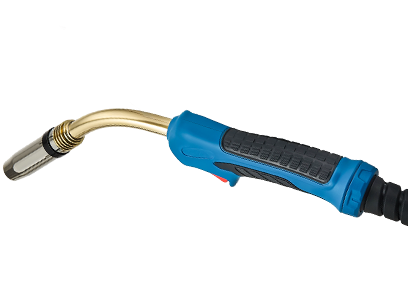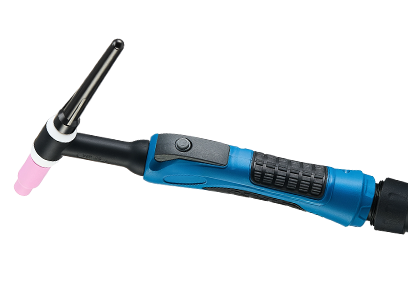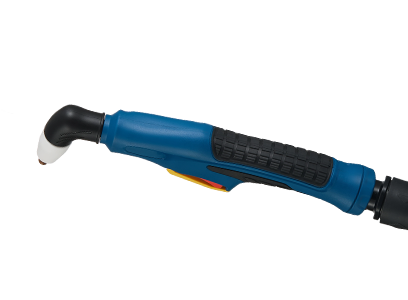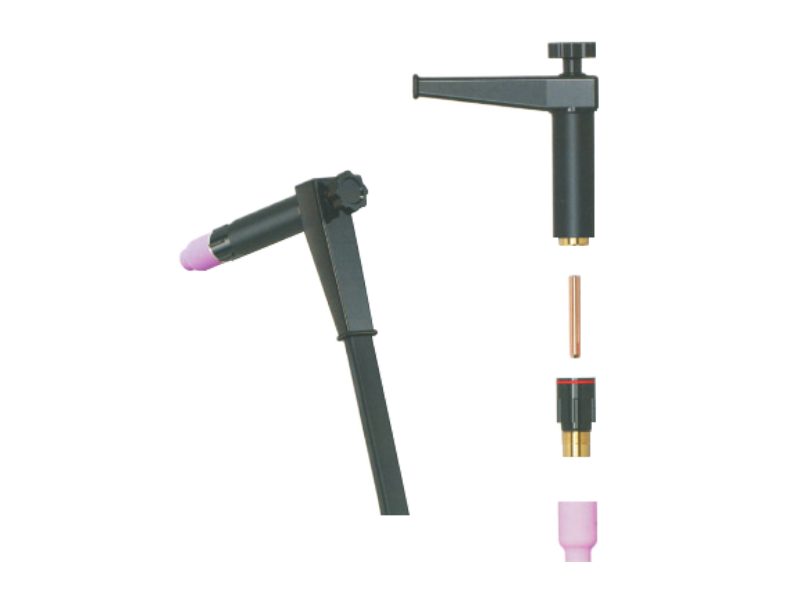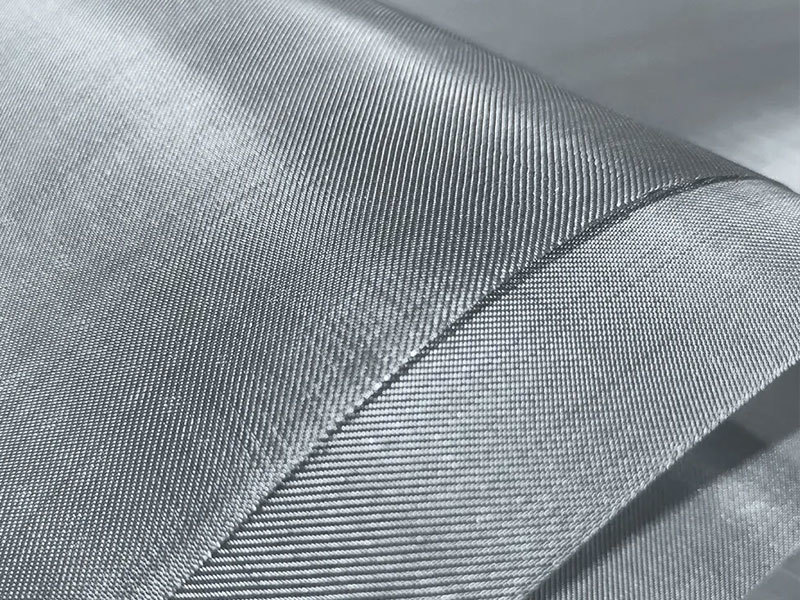Troubleshooting Common Issues with Water Cooled TIG Torches: A Comprehensive Guide
Troubleshooting Common Issues with Water Cooled TIG Torches: A Comprehensive Guide
Table of Contents
Introduction to Water Cooled TIG Torches
Understanding TIG Welding and Its Components
Common Issues with Water Cooled TIG Torches
Overheating Problems
Water Leaks in TIG Torches
Gas Flow Problems
Electrode Wear and Contamination
Troubleshooting Common Issues with Water Cooled TIG Torches: A Comprehensive Guide
Table of Contents
- Introduction to Water Cooled TIG Torches
- Understanding TIG Welding and Its Components
- Common Issues with Water Cooled TIG Torches
- Troubleshooting Solutions for Common Issues
- Addressing Overheating Issues
- Fixing Water Leaks
- Correcting Gas Flow Problems
- Minimizing Electrode Wear
- Maintenance Tips for Water Cooled TIG Torches
- FAQs on Water Cooled TIG Torches
- Conclusion
Introduction to Water Cooled TIG Torches
Water cooled TIG torches are essential tools for welders, offering enhanced cooling efficiency that allows for extended operation and improved performance. Through this guide, we will explore the common issues that arise with these specialized tools, providing practical solutions to ensure that your welding projects are executed smoothly and efficiently.
Understanding TIG Welding and Its Components
TIG welding, or Tungsten Inert Gas welding, is a process that utilizes a non-consumable tungsten electrode to produce the weld. This method is widely celebrated for its precision and versatility, making it suitable for various materials, including stainless steel, aluminum, and titanium. **Water cooled TIG torches** are a critical component of this process, designed to provide effective heat dissipation through a water circulation system.
Key components of a water cooled TIG torch include:
- Tungsten electrodes
- Nozzles
- Collets
- Water cooling system
Understanding each of these components is crucial for troubleshooting and maintaining optimal performance.
Common Issues with Water Cooled TIG Torches
Despite their efficiency, water cooled TIG torches are not immune to problems. Below, we outline **common issues** that welders may encounter.
Overheating Problems
One of the most prevalent issues with water cooled TIG torches is overheating. This typically occurs when the torch is subjected to prolonged use or insufficient water flow. Overheating can lead to reduced performance, damage to the torch, and compromised weld quality.
Water Leaks in TIG Torches
Water leaks can significantly impede the functionality of water cooled TIG torches. Common causes include faulty connections, damaged hoses, or worn-out o-rings. Identifying and addressing leaks promptly is vital to maintaining effective cooling and preventing potential equipment damage.
Gas Flow Problems
Gas flow issues can lead to poor arc stability and inconsistent weld quality. Problems may stem from incorrect gas pressure settings, blockages in the gas line, or improper torch assembly. Ensuring a steady and adequate gas supply is essential for successful TIG welding.
Electrode Wear and Contamination
Electrode wear and contamination can affect arc quality and lead to poor welds. Factors contributing to this issue include improper settings, contaminated materials, and the use of incorrect tungsten electrodes. Maintaining electrode integrity is crucial for achieving high-quality welds.
Troubleshooting Solutions for Common Issues
Now that we have identified common issues with water cooled TIG torches, we’ll delve into **effective troubleshooting solutions**.
Addressing Overheating Issues
To tackle overheating problems, consider the following steps:
- **Check Water Flow**: Ensure that the water supply is adequate and that there are no blockages in the cooling circuit.
- **Adjust Duty Cycle**: If you’re working with heavy materials, adjust your duty cycle to allow the torch to cool down periodically.
- **Inspect Torch Components**: Regularly inspect the torch for wear and replace components as necessary to ensure optimal heat dissipation.
Fixing Water Leaks
For addressing water leaks:
- **Tighten Connections**: Check all hose connections and fittings to ensure they are secure.
- **Replace Damaged Hoses**: Inspect hoses for wear or damage and replace them to prevent leaks.
- **Examine O-Rings**: Replace worn o-rings to maintain a proper seal and prevent water from escaping.
Correcting Gas Flow Problems
To resolve gas flow issues:
- **Adjust Gas Pressure**: Use a regulator to set the appropriate gas pressure for your application.
- **Clear Blockages**: Inspect gas lines for any obstructions that may be hindering flow.
- **Reassemble Torch Properly**: Ensure that the torch is assembled correctly to prevent gas leaks.
Minimizing Electrode Wear
To minimize electrode wear:
- **Select Appropriate Electrode Type**: Use the correct tungsten electrode for the material being welded.
- **Optimize Settings**: Adjust your welding parameters, including amperage and travel speed, to reduce wear.
- **Keep the Area Clean**: Ensure that the welding area is free of contaminants that could affect the electrode.
Maintenance Tips for Water Cooled TIG Torches
To prolong the life of your water cooled TIG torch and enhance performance, regular maintenance is crucial. Here are some essential tips:
1. **Regular Inspections**: Conduct routine checks on hoses, fittings, and torch components to identify any signs of wear or damage.
2. **Flush the Cooling System**: Periodically flush the cooling system with distilled water to prevent mineral buildup, which can impede performance.
3. **Clean the Torch**: After each use, clean the torch and its components to remove any spatter or contaminants.
4. **Store Properly**: When not in use, store the torch in a dry, clean environment to avoid damage.
FAQs on Water Cooled TIG Torches
1. What causes overheating in water cooled TIG torches?
Overheating can result from insufficient water flow, prolonged use without breaks, or inadequate torch duty cycle settings.
2. How do I check for water leaks in my TIG torch?
Inspect all connections, hoses, and o-rings for signs of wear or damage. Tighten fittings and replace any compromised components.
3. What is the recommended gas flow rate for TIG welding?
The ideal gas flow rate usually ranges from 10 to 20 cubic feet per hour (CFH), depending on the type of material and thickness being welded.
4. How can I minimize electrode wear during welding?
Select the appropriate tungsten electrode for your application, optimize your welding parameters, and keep the work area clean.
5. How often should I perform maintenance on my water cooled TIG torch?
Regular maintenance checks should be conducted after every use, while extensive checks and cleaning should occur at least monthly.
Conclusion
Troubleshooting common issues with water cooled TIG torches is essential for ensuring smooth operation and high-quality welds. By understanding the underlying problems and implementing effective solutions, welders can enhance their productivity and achieve superior results. Regular maintenance and attention to detail will help prolong the life of your equipment and improve overall welding performance. Armed with the insights from this guide, you are now better equipped to tackle any challenges you may encounter with your water cooled TIG torch.
TAG:
Previous
Related Posts
Troubleshooting Common Issues with Water Cooled TIG Torches: A Comprehensive Guide
Troubleshooting Common Issues with Water Cooled TIG Torches: A Comprehensive Guide
Table of Contents
Introduction to Water Cooled TIG Torches
Understanding TIG Welding and Its Components
Common Issues with Water Cooled TIG Torches
Overheating Problems
Water Leaks in TIG Torches
Gas Flow Problems
Electrode Wear and Contamination


